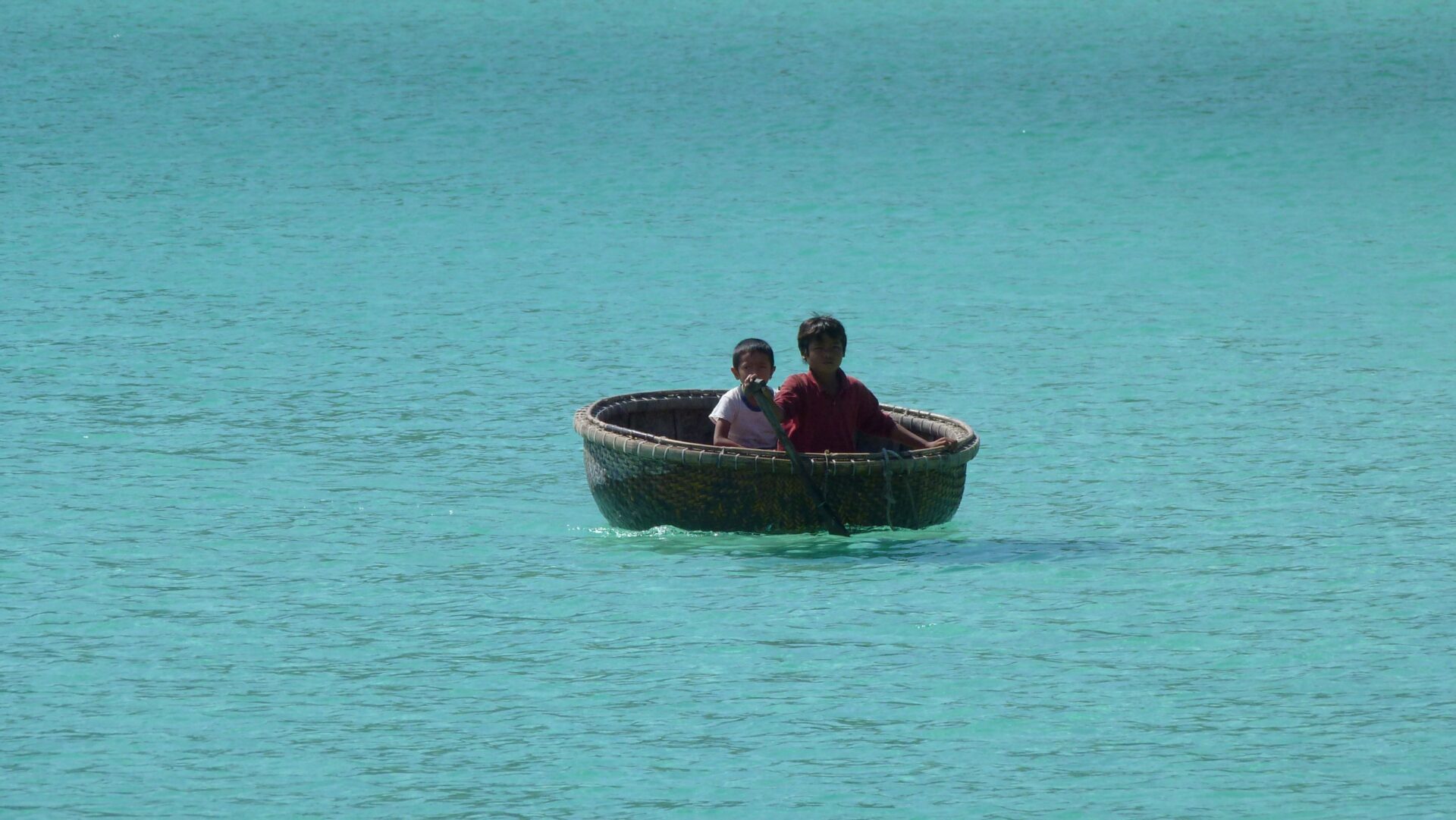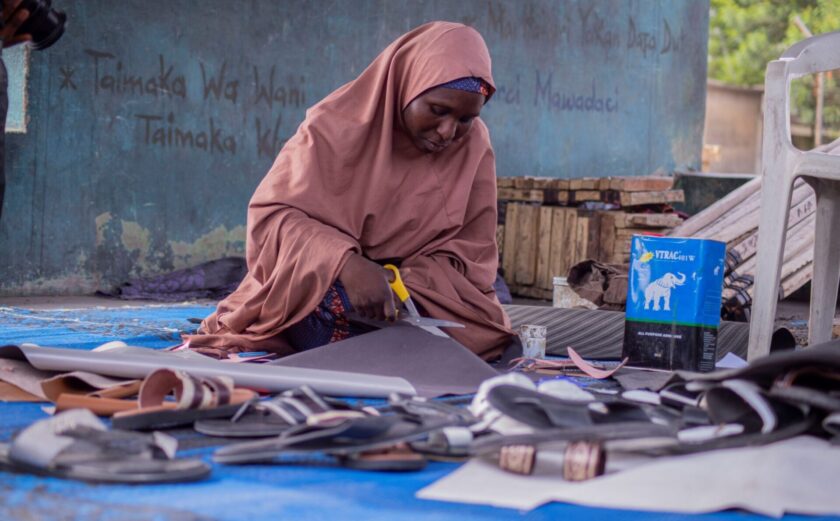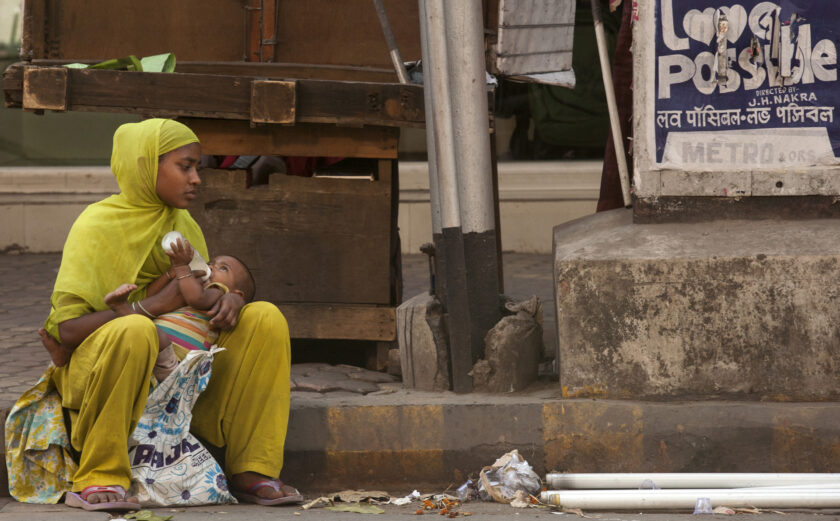
Challenges of Humanitarian Assistance in a Maritime Battlespace
In the Asia-Pacific, the prospect of great power competition—and potential conflict—looms large, threatening to reshape not only geopolitical dynamics but also humanitarian considerations. Against this backdrop, the U.S. Department of Defense (DoD) is engaged in contingency planning to mitigate civilian harm in case of large-scale combat operations in the region, with a focus on the maritime domain.
As with land operations, parties to conflict are legally required to refrain from targeting civilians and civilian objects at sea. Parties to conflict are also required to “take all possible measures to search for and collect the shipwrecked, wounded and sick, to protect them against pillage and ill-treatment, to ensure their adequate care, and to search for the dead and prevent their being despoiled,” according to the Second Geneva Convention. Parties are permitted to appeal for assistance—including from humanitarian organizations—to fulfill these duties, necessitating robust coordination and planning.
Following the release of the Civilian Harm Mitigation and Response Action Plan, the DoD’s Center for Excellence in Disaster Management and Humanitarian Assistance (CFE-DM) has released two reports—Distress at Sea: Civilian Evacuees, Refugees, Migrants and Seafarers in Conflict and Humanitarian Corridors and Safe Passage at Sea—to generate thinking around civilian harm mitigation and response in a maritime battlespace.
The reports also identify specific challenges the humanitarian community would face in the event of combat operations, scenarios that are likely to result in civilian harm, and steps that DoD and humanitarians need to take to mitigate those risks. Some of the main takeaways are highlighted below.
Maritime Protection Risks
What protection risks should humanitarians expect when the sea becomes the battlefield? Due to naval blockades and disruptions in global shipping, access to medical care, food, and lifesaving measures would likely be severely impacted. Large numbers of civilians can be expected to flee the fighting by precarious boats and rafts, leaving them vulnerable to piracy, drowning, dehydration, and starvation. Fishermen and seafarers, dependent on the sea for their livelihoods, would be at risk from sea mines, mistargeting, and forced boarding for inspections, as well as a wholesale loss of livelihoods. Seafarers could also become trapped in foreign ports, including those under attack. Rising shipping costs, coupled with overall scarcity will cause the price of commodities to increase worldwide.
Humanitarian Challenges
Responding to these protection risks will require new and largely unfamiliar approaches to coordination and planning, such as negotiating humanitarian sea corridors and safe passage, providing lifesaving assistance, and ensuring safe movement and refugee status outside of affected areas. Currently, there are very few humanitarian organizations with the capacity—seaworthy vessels, staffing, funding, and more—to carry out search and rescue operations, even on a small scale.
In a conflict situation, international law requires rescue craft to “be either run by the State—or be officially recognized by the state at least ten days prior to the start of conflict—and notified to conflict parties as such” (emphasis added), meaning that there needs to be standing capacity in advance of the outbreak of conflict. There would also need to be advanced agreements with regards to identification of humanitarian vessels and deconfliction at sea.
Furthermore, humanitarian organizations would need to have sufficient policies, guidance, and staff capacity in place to safely assist people at sea and facilitate the necessary post-rescue information and legal assistance for boatloads of refugees to legally disembark at safe locations. One point to note is that using military bases as transit points, which are legitimate military targets, is impractical in an age of long-range munitions.
The Rohingya crisis—in which many States in the region were unwilling to receive refugees arriving by sea—illustrates the challenge that this sort of conflict is likely to present. Without safe options for maritime refugees to disembark, they might be stranded in a maritime battlespace.
Moving Forward
With few exceptions, humanitarian assistance in a maritime environment is a new issue for humanitarians, and the humanitarian community remains poorly equipped to cope with these risks should they arise. Yet invitations to engage with DoD on these challenging and unfamiliar issues have so far been met with ambivalence. As the DoD and other States begin to grapple with this issue, it is imperative that humanitarians get involved in these discussions and take steps to prepare for challenges that may be on the horizon.








